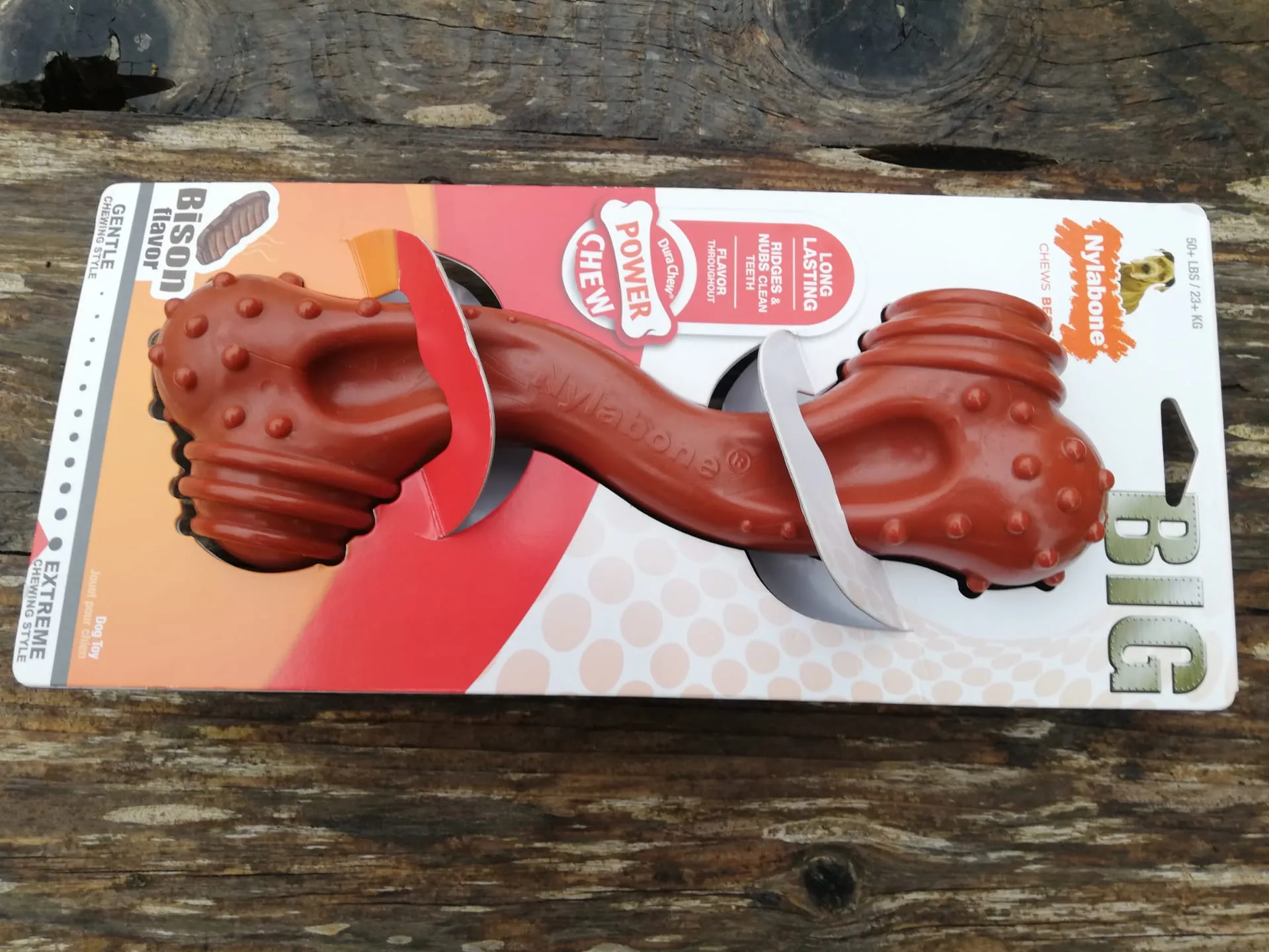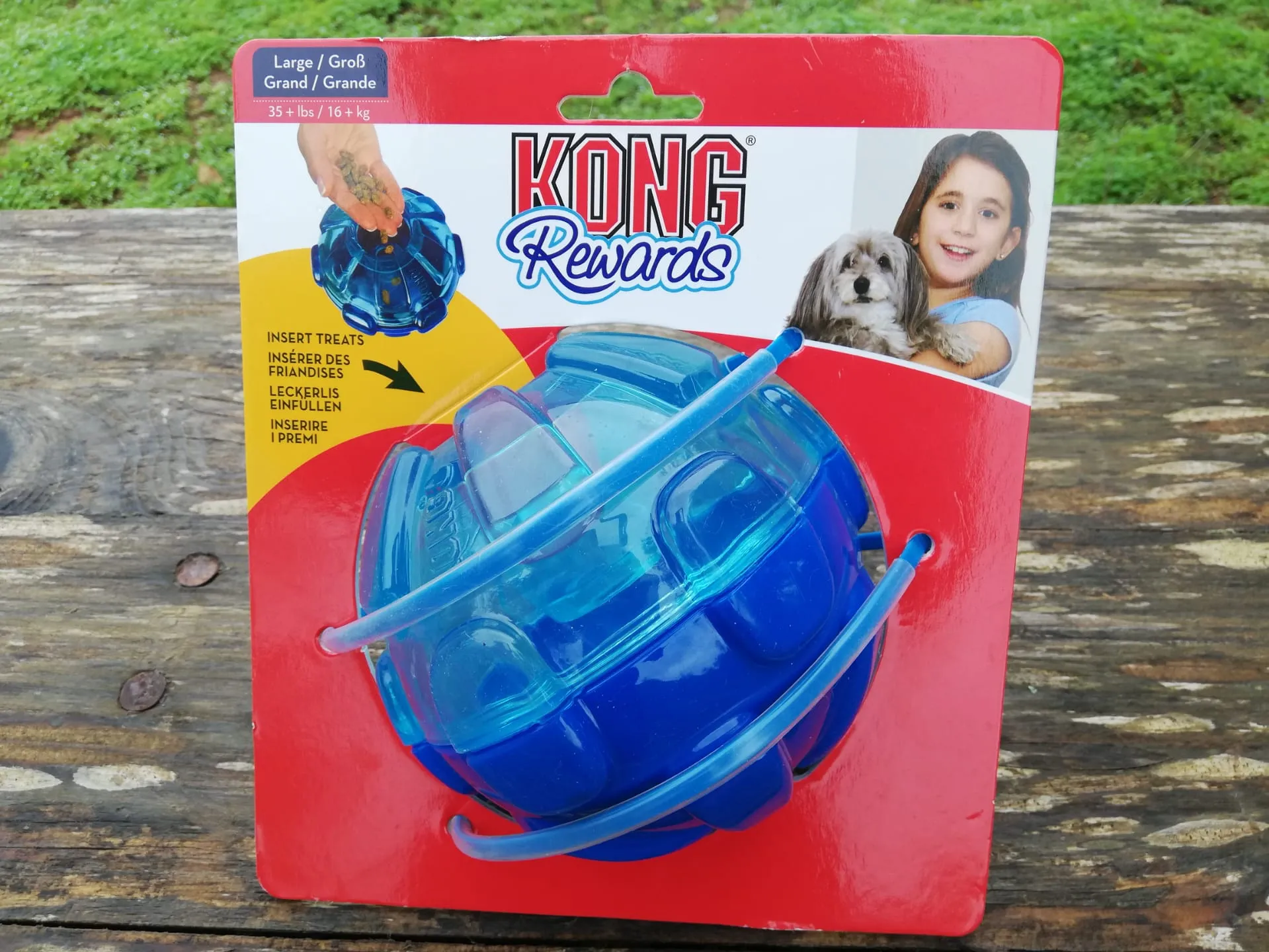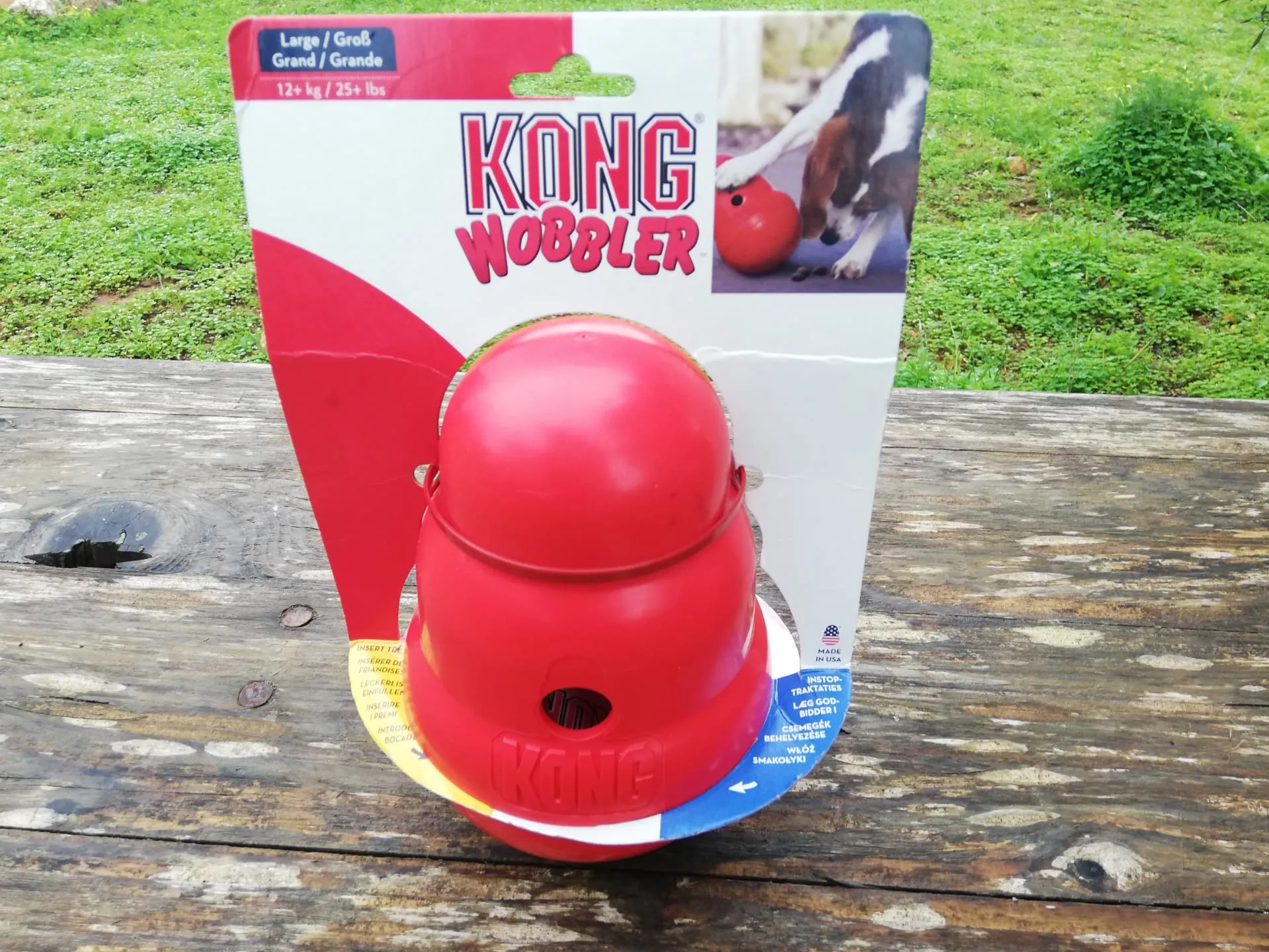When it comes to keeping our canine companions entertained and mentally stimulated, the search for durable and engaging toys is a constant quest for many dog owners. For those with larger breeds, the challenge is even greater, as many toys simply aren’t built to withstand their powerful jaws. This is where the “Best Dog Puzzles For Big Dogs” become essential. These aren’t just playthings; they are vital tools for mental enrichment, preventing destructive behaviors, and promoting overall well-being.
At Dog Care Story, we understand the unique needs of big dogs and are dedicated to providing you with honest, expert advice. We’ve delved into the world of robust dog toys, focusing on those designed to stand up to serious chewing and play. Our goal is to help you find the perfect puzzle toys that will keep your large dog happy, engaged, and safe. Let’s explore some of the top contenders.
Why Invest in Dog Puzzles for Large Breeds?
Large breeds, with their intelligence and physical capabilities, often require more than just a simple chew toy. Dog puzzles and interactive feeders offer a wealth of benefits:
- Mental Stimulation: Puzzles challenge a dog’s problem-solving skills, keeping their minds sharp and preventing boredom.
- Reduced Destructive Behavior: A bored dog is more likely to chew furniture or engage in other undesirable behaviors. Puzzles redirect this energy into a positive outlet.
- Calming Effect: Engaging with a puzzle can have a calming effect on dogs, especially those prone to anxiety or nervousness.
- Slow Feeding: Many puzzle toys are also interactive feeders, which can help slow down fast eaters, promoting better digestion and reducing the risk of bloat.
- Physical Activity: While primarily mental, some puzzle toys encourage a degree of physical interaction, like pushing or rolling the toy.
Top Picks: The Best Dog Puzzles for Big Dogs
Finding a toy that is both entertaining and truly durable for a big dog can be a game-changer. We’ve evaluated several options, considering their resilience, engagement factor, and overall suitability for larger breeds.
1. Nylabone Extreme Tough Dog Chew Toy
The Nylabone Extreme Tough Dog Chew Toy is a standout option for powerful chewers. Designed for dogs over 23kg, this toy is crafted from durable nylon and comes in various flavors, including bison, chicken, and turkey, to keep dogs interested. Its curved design makes it easy for dogs to grip with their paws, facilitating a satisfying chewing experience.
 Nylabone Extreme Tough Dog Chew Toy
Nylabone Extreme Tough Dog Chew Toy
One of the most impressive aspects of this toy is its ability to withstand rigorous chewing. Many owners report that their dogs, even those known for destructive chewing habits, barely leave a mark on it. Furthermore, the Nylabone features raised bristles that help clean a dog’s teeth and gums as they chew, contributing to dental hygiene. Unlike some other flavored toys, the flavor is infused throughout the material, meaning it doesn’t wear off quickly. It’s also incredibly easy to clean and doesn’t produce any mess or unpleasant odors, a significant plus for any pet owner. This toy is ideal for dogs that love to chew and need a durable outlet for their instinct.
The Nylabone Extreme Tough Dog Chew Toy is a fantastic choice for owners seeking a long-lasting and mentally stimulating chew option for their large dogs. Its durability, dental benefits, and engaging flavor make it a top recommendation. For dogs who need an outlet for their chewing urges, this is a reliable and satisfying choice.
For those interested in similar durable options, exploring durable chew toys for large dogs can offer further insights into finding the perfect match for your dog’s chewing style.
2. KONG Rewards Ball
The KONG Rewards Ball offers a clever combination of interactive play and treat dispensing, making it an engaging option for many dogs. This toy is designed to keep dogs amused for hours by requiring them to figure out how to release treats stored inside. The material is typically a durable KONG rubber, known for its resilience.
 KONG Rewards Ball
KONG Rewards Ball
While some dogs might initially be more drawn to the soft, bouncy texture of the ball itself, the treat-dispensing mechanism quickly captures their attention. It’s easy for humans to fill with treats, and the challenge is perfectly calibrated so that dogs can benefit from the dispenser without excessive frustration. Our testing showed that even with vigorous chewing and playing, the KONG Rewards Ball held up well, with no visible tooth marks. Dogs enjoyed burying it, playing fetch with it, and of course, working to get the delicious rewards inside.
The KONG Rewards Ball is an excellent choice for dogs who enjoy a good chew and the mental challenge of earning their treats. Its durable construction and interactive nature make it a highly recommended puzzle toy for larger breeds.
3. KONG Wobbler
The KONG Wobbler is another innovative interactive treat-dispensing toy designed to keep dogs entertained and mentally stimulated. Unlike the Rewards Ball, the Wobbler is made from a harder plastic polymer, giving it a distinct feel and function. Its unique shape causes it to wobble and spin unpredictably, adding an element of surprise to treat retrieval.
 KONG Wobbler Interactive Treat Dispensing Dog Toy
KONG Wobbler Interactive Treat Dispensing Dog Toy
Initially, some dogs might find its size and wobbling motion a bit perplexing. However, once they understand that treats are inside and learn how to nudge, push, or roll the Wobbler to release them, it becomes a highly engaging activity. It’s important to note that this toy works best on smooth surfaces and requires appropriate-sized treats to function optimally. The larger size can also make it difficult for dogs to pick up in their mouths, which can be a good thing as it reduces the chance of them trying to chew and potentially damage it.
The KONG Wobbler is a fantastic puzzle toy that promotes slow feeding and provides significant mental stimulation. Its durable design and unpredictable movement make it a challenging and rewarding experience for big dogs.
For owners looking for more options in this category, exploring the best dog ball for heavy chewers might reveal other engaging and durable choices that cater to powerful chewers.
Toys That Didn’t Quite Measure Up
While we tested several toys, not all met the “indestructible” criteria for larger, more powerful dogs. The CyunCmay Indestructible Dog Toy XL Bone and the HETOO Indestructible Squeaky Dental Care Dog Toy, for instance, proved to be less durable.
The CyunCmay XL Bone, despite its initial appeal and fun features like handles for tug-of-war, was quickly rendered unplayable by stronger chewers. Its soft, rubbery texture, while appealing for fetch, was no match for determined jaws, leading to significant damage within a short period.
The HETOO Squeaky Dental Care Dog Toy also fell short. Even with added incentives like peanut butter to encourage chewing, it failed to capture the sustained interest of most dogs. The squeaker, meant to add excitement, proved more irritating than engaging for some, and the toy itself did not offer the durability needed for powerful chewers.
These experiences highlight the importance of selecting toys specifically designed for the chewing strength and play style of your big dog. While these toys might be fun for a brief period or for less aggressive chewers, they are not the best dog puzzles for big dogs seeking long-term durability and engagement.
Conclusion: Finding the Right Puzzle for Your Gentle Giant
Selecting the best dog puzzles for big dogs is about more than just durability; it’s about providing mental stimulation, preventing boredom, and ensuring safety. While the quest for a truly “indestructible” toy can be challenging, options like the Nylabone Extreme Tough Dog Chew Toy, the KONG Rewards Ball, and the KONG Wobbler stand out for their ability to withstand robust play and offer engaging challenges.
These toys not only provide hours of entertainment but also contribute to your dog’s cognitive health and overall happiness. By investing in high-quality puzzle toys, you’re investing in a more contented, well-behaved, and mentally stimulated companion.
Remember to always supervise your dog when they are playing with new toys, especially those designed for strong chewers, to ensure their safety. Regularly inspect toys for any signs of wear and tear and replace them as needed. Happy puzzling!
